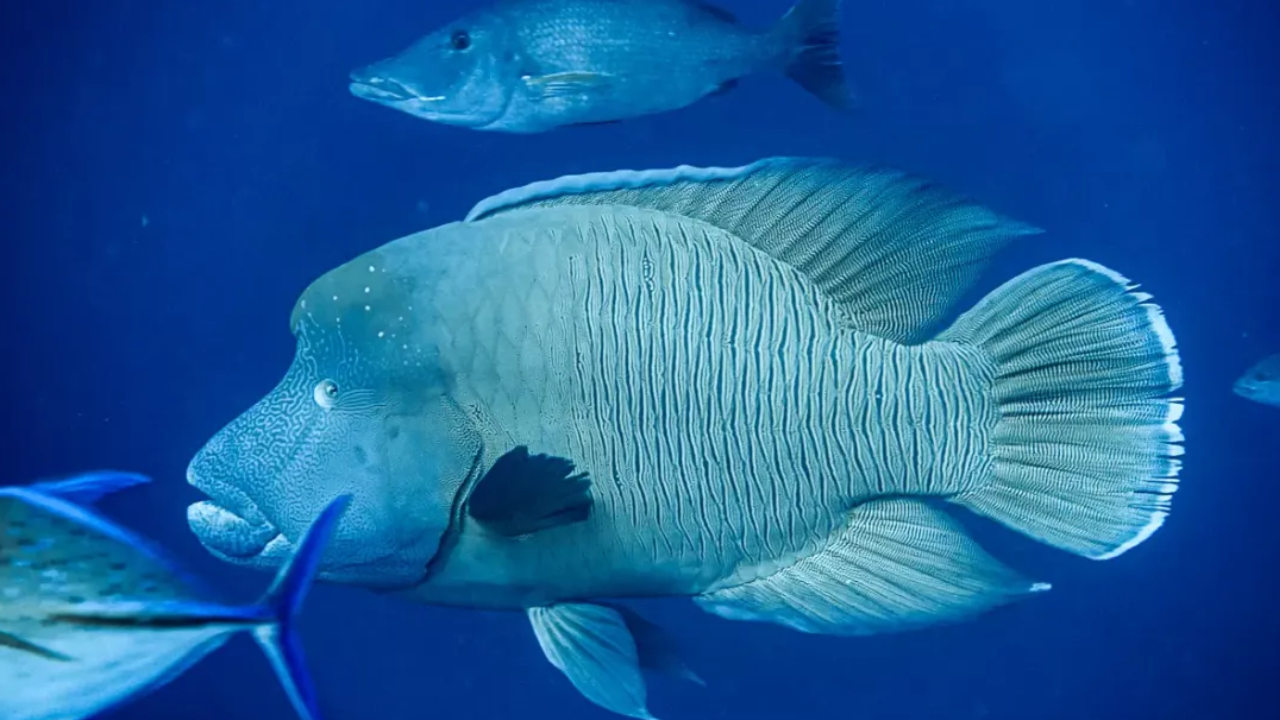The diverse world of aquatic life, few creatures capture the imagination quite like Lucipara. This enigmatic name may not be as widely recognized as other aquatic species, but those who encounter it are often intrigued by its unique characteristics. Whether you’re a curious biologist, an aquarium enthusiast, or simply someone who loves discovering lesser-known wonders of nature, Lucipara offers a fascinating subject worth exploring.
Where does it come from, and why is it special? This article dives deep into the mysteries of Lucipara, uncovering its biology, habitat, behavior, and significance in both nature and captivity.
What Is Lucipara?
Lucipara refers to a small, often overlooked species of freshwater fish that belongs to a specialized group of aquatic life. While its exact classification may vary depending on scientific interpretation, Lucipara is generally recognized for its diminutive size, unique adaptations, and intriguing behaviors.
Unlike more commonly known fish like goldfish or bettas, Lucipara remains a subject of niche interest—cherished by researchers for its biological peculiarities and by dedicated aquarists for its delicate beauty.
Physical Characteristics
Lucipara is a tiny fish, often measuring no more than a few centimeters in length. Its body is streamlined, allowing it to navigate through dense aquatic vegetation with ease. Some key features include:
- Size: Rarely exceeding 2-3 cm, making it one of the smallest known freshwater fish.
- Coloration: Typically translucent or lightly pigmented, with subtle iridescence under light.
- Fins: Delicate and almost translucent, aiding in swift, precise movements.
- Eyes: Proportionally large, suggesting a reliance on vision for hunting and navigation.
These traits make Lucipara an excellent subject for microscopic study and a captivating addition to specialized aquariums.
Natural Habitat
Lucipara thrives in specific freshwater environments, often favoring slow-moving streams, shallow ponds, and densely vegetated waters. Its natural habitat is characterized by:
- Water Conditions: Prefers slightly acidic to neutral pH levels (6.0–7.5) and soft to moderately hard water.
- Temperature Range: Thrives in tropical to subtropical climates (22–28°C or 72–82°F).
- Microhabitats: Often found hiding among aquatic plants, leaf litter, and submerged roots, where it can evade predators.
Due to its small size, Luci para relies heavily on its environment for protection, making habitat preservation crucial for its survival.
Behavior and Survival Strategies
Despite its tiny stature, Lucipara exhibits fascinating behaviors that help it survive in competitive ecosystems:
1. Schooling Tendencies
Lucipara is a social fish, often seen in small groups. Schooling provides safety in numbers, reducing the risk of predation.
2. Feeding Habits
Being a micro-predator, Luci para feeds on:
- Microscopic organisms (infusoria, plankton).
- Tiny insect larvae.
- Organic detritus and algae.
Its hunting technique involves rapid, precise movements to capture prey efficiently.
3. Reproductive Behavior
Lucipara has a unique reproductive strategy:
- Egg-Scattering: Females release eggs in dense vegetation, where they adhere to surfaces until hatching.
- Rapid Development: Offspring grows quickly, reaching maturity in a matter of weeks under optimal conditions.
Lucipara in Captivity: A Challenge for Aquarists
Keeping Lucipara in an aquarium requires specialized care due to its small size and specific needs. Here’s what enthusiasts should consider:
1. Tank Setup
- Size: A nano tank (5–10 gallons) is sufficient due to its small size.
- Substrate & Plants: Fine sand and live plants mimic its natural habitat.
- Water Flow: Gentle filtration to avoid stressing the fish.
2. Diet
- Live/Frozen Foods: Baby brine shrimp, microworms, and daphnia.
- Commercial Options: High-quality powdered fry food.
3. Tank Mates
Due to its fragility, Luci para should only be kept with other peaceful nano-fish (e.g., dwarf rasboras, tiny tetras) or in a species-only tank.
4. Breeding in Captivity
- Conditioning: Feed protein-rich foods to encourage spawning.
- Spawning Triggers: Slight temperature increases and dim lighting can stimulate reproduction.
Why Lucipara Matters
Beyond its appeal to aquarists, Lucipara holds scientific importance:
- Genetic Research: Its small size and rapid lifecycle make it useful in developmental biology studies.
- Ecological Role: As a micro-predator, it helps control populations of tiny aquatic organisms.
- Conservation: Some Lucipara species may be threatened by habitat destruction, making them a focus for conservation efforts.
Conclusion: A Tiny Fish with a Big Impact
Lucipara may not be the most famous aquatic creature, but its delicate beauty, intriguing behaviors, and scientific value make it a hidden gem of the freshwater world. Whether you’re a researcher uncovering its biological secrets or an aquarist seeking a unique challenge, Lucipara offers endless fascination.
By understanding and appreciating this tiny marvel, we contribute to the broader knowledge of aquatic biodiversity—and perhaps inspire others to explore the lesser-known wonders beneath the water’s surface.






